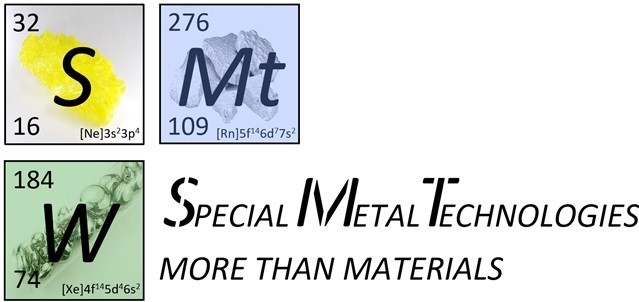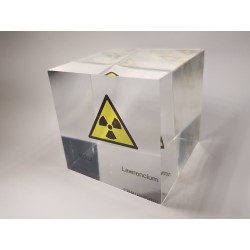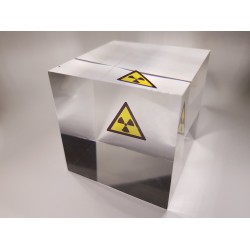- Shop
- Acrylic cubes
-
Elements
- Hydrogen
- Helium
- Lithium
- Beryllium
- Boron
- Carbon
- Nitrogen
- Oxygen
- Fluorine
- Neon
- Sodium
- Magnesium
- Aluminium
- Silicon
- Phosphorus
- Sulfur
- Chlorine
- Argon
- Potassium
- Calcium
- Scandium
- Titanium
- Vanadium
- Chromium
- Manganese
- Iron
- Cobalt
- Nickel
- Copper
- Zinc
- Gallium
- Germanium
- Arsenic
- Selenium
- Bromine
- Krypton
- Rubidium
- Strontium
- Yttrium
- Zirconium
- Niobium
- Molybdenum
- Technetium
- Ruthenium
- Rhodium
- Palladium
- Silver
- Cadmium
- Indium
- Tin
- Antimony
- Tellurium
- Iodine
- Xenon
- Cesium
- Barium
- Lanthanum
- Cerium
- Praseodymium
- Neodymium
- Promethium
- Samarium
- Europium
- Gadolinium
- Terbium
- Dysprosium
- Holmium
- Erbium
- Thulium
- Ytterbium
- Lutetium
- Hafnium
- Tantalum
- Tungsten
- Rhenium
- Osmium
- Iridium
- Platinum
- Gold
- Mercury
- Thallium
- Lead
- Bismuth
- Polonium
- Astatine
- Radon
- Francium
- Radium
- Actinium
- Thorium
- Protactinium
- Uranium
- Neptunium
- Plutonium
- Americium
- Curium
- Berkelium
- Californium
- Einsteinium
- Fermium
- Mendelewium
- Nobelium
- Lawrencium
- Rutherfordium
- Dubnium
- Seaborgium
- Bohrium
- Hassium
- Meitnerium
- Darmstadtium
- Roentgenium
- Copernicium
- Nihonium
- Flerovium
- Moscovium
- Livermorium
- Tennessine
- Oganesson
- Buch
- References
- Periodic Tables
- Metalle Wimmer
- Metametals
Lawrencium
Lawrencium, with the chemical symbol Lr and atomic number 103, is an artificially produced chemical element. It was first discovered in 1961 by scientists Albert Ghiorso, Torbjørn Sikkeland, Almon E. Larsh, and Robert M. Latimer at the Lawrence Berkeley National Laboratory. The discovery was made by irradiating californium with boron-10 atoms.
The name "Lawrencium" honors physicist Ernest O. Lawrence, the founder of the Lawrence Berkeley National Laboratory and a pioneer in the field of particle accelerators. The discovery contributed to the exploration of transuranic elements, expanding the periodic table. Lawrencium is extremely rare on Earth and is primarily produced in nuclear reactors or through the decay of other transuranic elements. Due to its extremely short half-life of seconds, lawrencium has limited applications and is mainly used in research for studies on nuclear structure.
The key lawrencium isotopes are Lawrencium-260 and Lawrencium-262. Lawrencium-260 has a half-life of about 2.7 seconds, while Lawrencium-262 is approximately 3.6 hours.
There are 2 products.
Active filters


